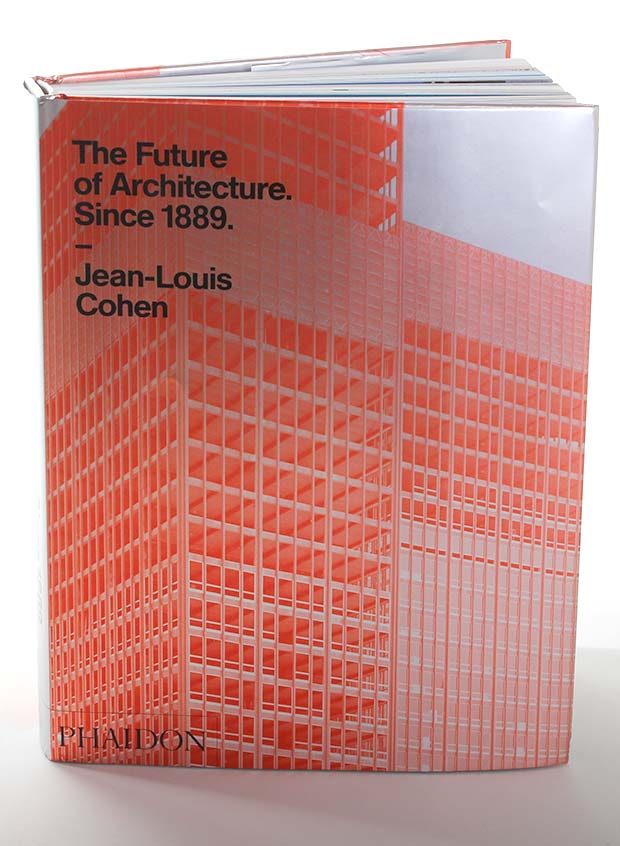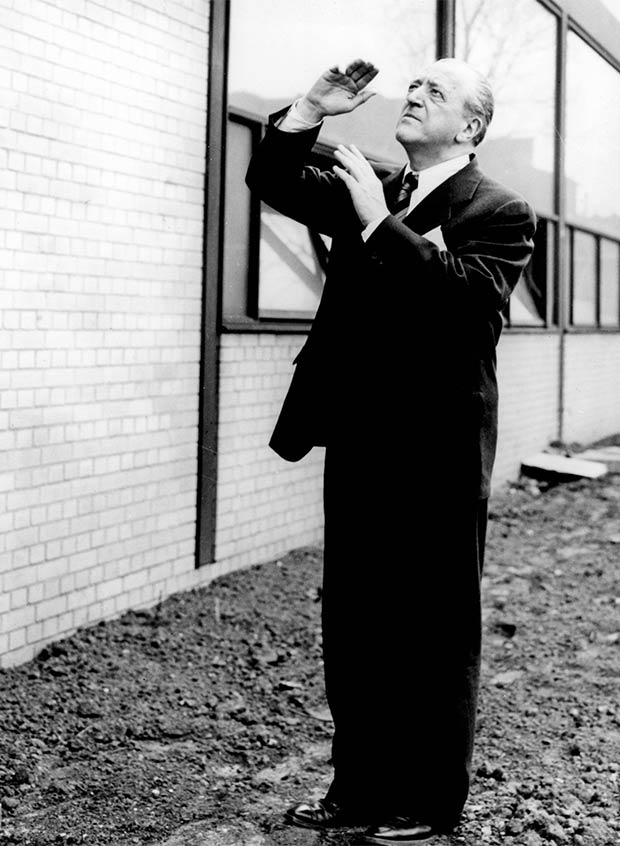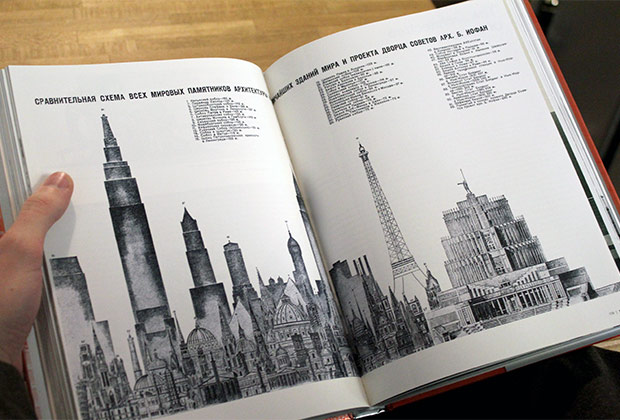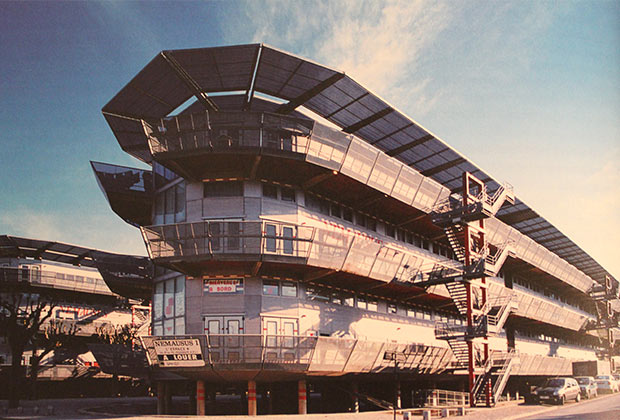The Future of Architecture Since 1889
A unique history from the perspective of forward-thinking architects



A new history by Jean-Louis Cohen reveals the progression of building through the lens of architects looking toward the future. Tracking the social changes that caused architects to anticipate the demands of urban living that were to come, Cohen retrospectively examines the greatest advances in building from the dawn of industrialization through the postmodern era. The future, in this case, begins in 1889, with the author pointing out in his introduction that “the quantity of building stock produced since 1900 has surpassed the sum total of that which existed in all previous human history.”

The eminent architectural historian currently holds the Sheldon H. Solow chair at NYU. In his most recent work, he joins an academic perspective with a narrative voice that replaces industry jargon with a fascinating account. His global viewpoint is rare in this kind of work, which typically neglects non-western developments. Cohen pinpoints the critical moments in history and architecture, from the rise of futurism and fascism in Italy to the dawn of western secular forms in the building of Ankara, capital city of the then newly established Turkish republic.

Not restricting his analysis to completed structures, Cohen embraces theoretical projects as well. “In view of all these transformations, it has been impossible to limit architecture’s definition in this book to realized constructions. Unbuilt designs, as well as books, journals, and public manifestations embodying the culture of architecture in its broadest sense, have also been taken into account. Indeed, realized buildings are always informed by ideas, narratives, and repressed memories of past projects.”

Observing contemporary phenomena, Cohen discusses the rise of Neo-Futurism as a corollary to technology, noting that many of the structures built today are byproducts of new materials and ideas about the function of large-scale constructions in society. As the needs of urbanized societies changed to accommodate massive populations, the minds of architects put to use developments such as load-bearing glass to create previously impossible forms.

Cohen’s probing curiosity ends the book by voicing a series of concerns over green building, the role of architectural criticism in new media, the potential for landscape in urban settings, and the need for low-income housing as part of the public welfare. His conclusion follows the tradition established by 20th-century architects and their desire to predict the future of society.
The book is available for pre-order from Amazon for $47.











